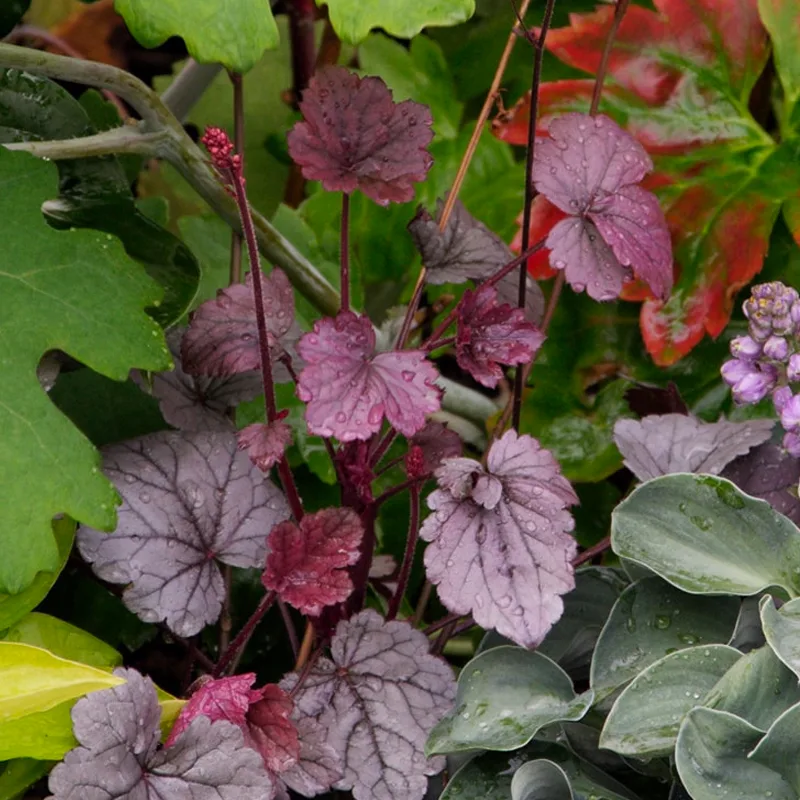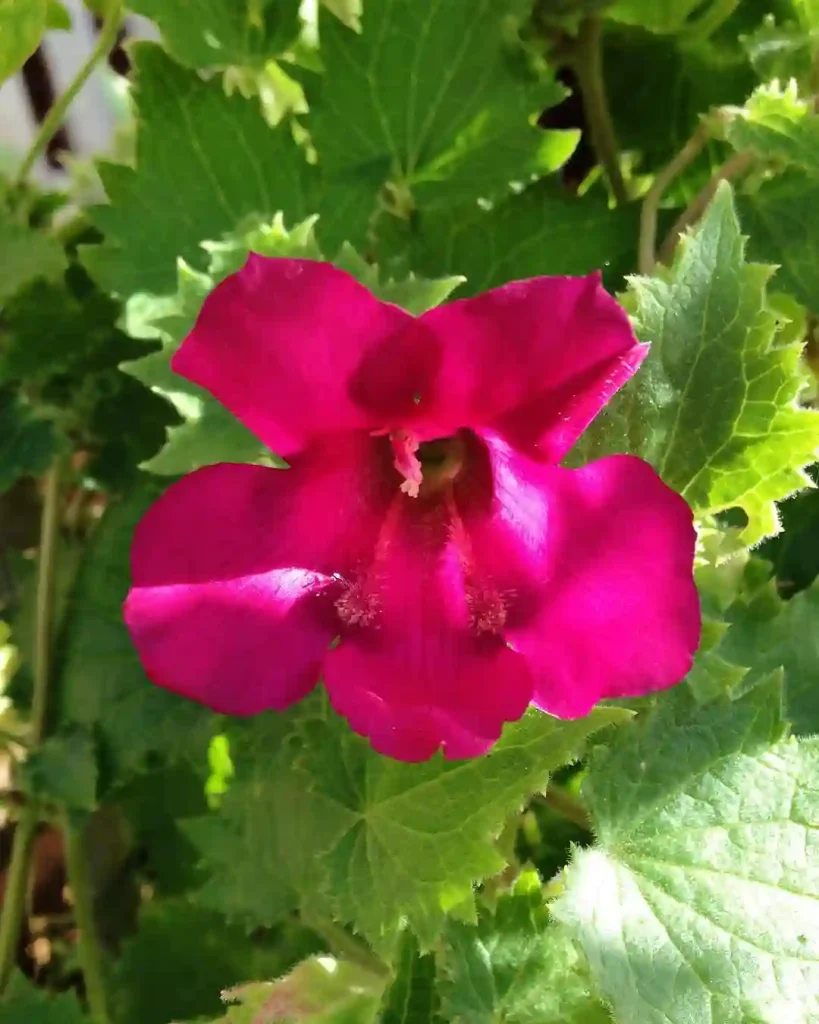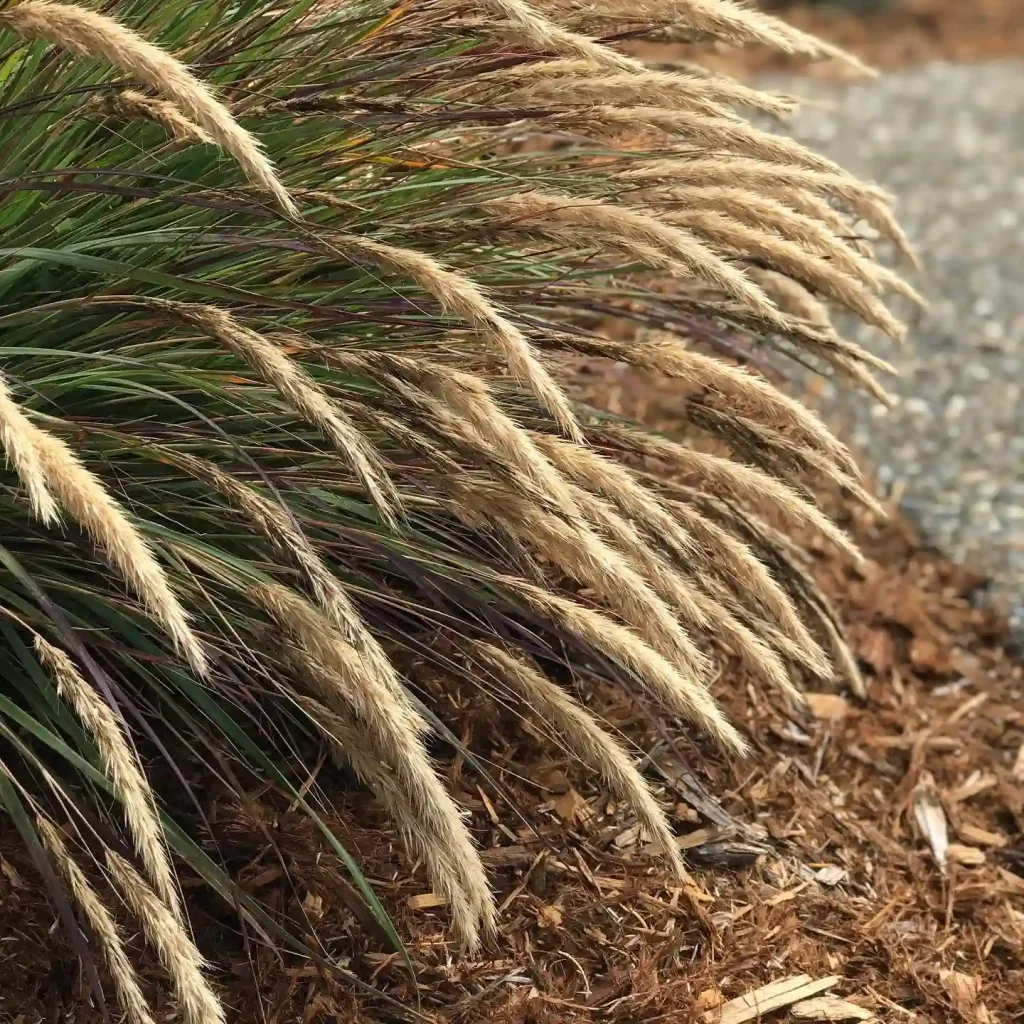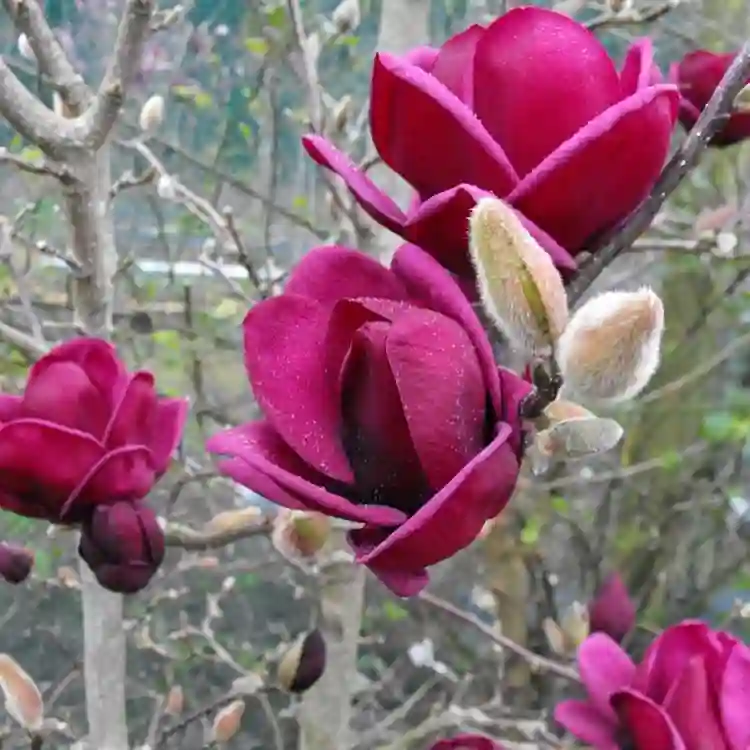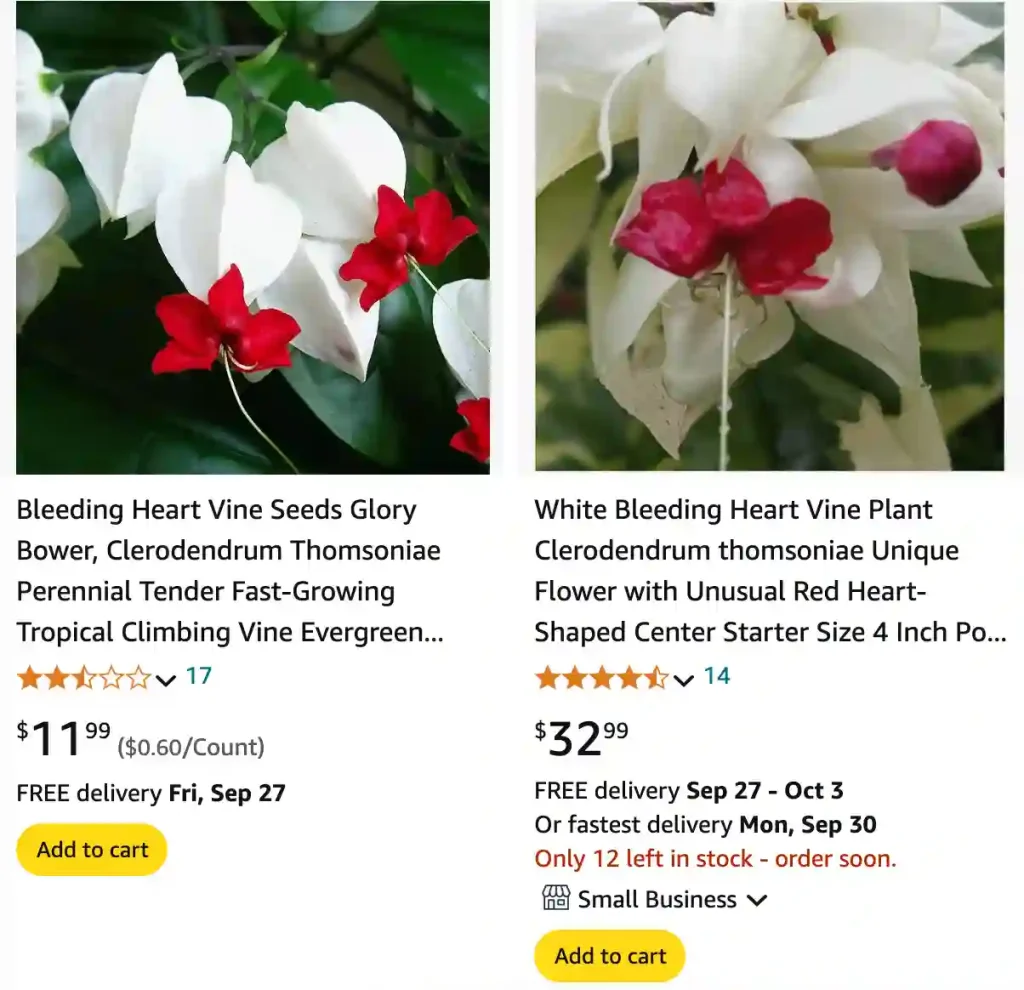
FAQs About Clerodendrum Thomsoniae
As a plant enthusiast, I often find myself captivated by the beauty of unique species. One such plant that has caught my eye is Clerodendrum Thomsoniae, commonly known as the bleeding heart vine. This stunning climber is not just visually appealing but also has a range of fascinating traits. In this article, I’ll address some frequently asked questions about Clerodendrum Thomsoniae, sharing my insights and experiences along the way.
239 Species in Genus Clerodendrum
What Is Clerodendrum Thomsoniae?
Clerodendrum Thomsoniae is a tropical flowering vine native to West Africa. It’s known for its striking red and white flowers that resemble a heart, which is why it’s often referred to as the bleeding heart vine. The leaves are lush and green, providing a beautiful backdrop to its vibrant blooms. This plant can grow quite vigorously, making it a favorite among gardeners looking to add a pop of color to their spaces.
How Fast Does Clerodendrum Thomsoniae Grow?
In my experience, Clerodendrum Thomsoniae is a fast-growing plant, especially in optimal conditions. If planted in well-draining soil and given enough sunlight, it can grow several feet in just a single growing season. I’ve noticed that it thrives in warm temperatures and tends to be particularly active during the spring and summer months. Regular pruning can help manage its growth and promote bushier foliage.
How to Pronounce Clerodendrum Thomsoniae?
You might wonder about the pronunciation of Clerodendrum Thomsoniae. It’s pronounced as “klair-oh-DEN-drum tom-SOH-nee-eye.” I find that getting the pronunciation right helps when discussing this beautiful plant with fellow enthusiasts or at local garden clubs.
How to Water Clerodendrum Thomsoniae?
Watering is crucial for maintaining a healthy Clerodendrum Thomsoniae. I’ve found that it prefers consistently moist soil but doesn’t like to sit in water. When watering, I ensure that the top inch of soil is dry before adding more water. During the hotter months, you might need to water it more frequently, but be cautious of overwatering, as this can lead to root rot. In the winter, I reduce watering to allow the plant to rest.
Is Clerodendrum Thomsoniae Poisonous?
A common concern for many plant lovers is toxicity. Fortunately, Clerodendrum Thomsoniae is generally considered non-toxic to pets and humans. However, it’s always a good idea to monitor how pets interact with plants, just to be safe. I’ve had mine around my cats for years without any issues, but it’s good practice to keep an eye on them.
How to Care for Clerodendrum Thomsoniae?
Caring for Clerodendrum Thomsoniae involves a few key practices. Besides proper watering, this plant thrives in bright, indirect light. While it can tolerate some direct sunlight, too much can scorch the leaves. I’ve also found that fertilizing with a balanced liquid fertilizer every four to six weeks during the growing season encourages healthy growth and blooming.
How to Propagate Clerodendrum Thomsoniae?
Propagation of Clerodendrum Thomsoniae is relatively straightforward. I usually opt for stem cuttings, taking a healthy cutting just below a leaf node. After dipping the cut end in rooting hormone, I place it in a pot with moist soil. Keeping the cutting in a warm, humid environment helps encourage root development. In about a month, I start to see new growth, indicating that the cutting has successfully rooted.
What to Plant With Clerodendrum Thomsoniae?
When choosing companion plants, I look for species that enjoy similar growing conditions. Some excellent companions for Clerodendrum Thomsoniae include other tropical vines like Passionflower and various ferns. They create a lush, green backdrop that complements the vibrant flowers. I also love adding shade-tolerant plants, as this helps create a diverse and beautiful garden space.
Can You Grow Clerodendrum Thomsoniae Indoors?
Yes, you can grow Clerodendrum Thomsoniae indoors, provided you have sufficient light. I’ve successfully kept one in a bright room with indirect sunlight. It’s essential to monitor humidity levels, as this plant enjoys a humid environment. Using a humidity tray or a misting routine can help maintain the right moisture level indoors.
Common Problems with Clerodendrum Thomsoniae
Like any plant, Clerodendrum Thomsoniae can face some challenges. The most common issues I’ve encountered include pests like aphids and spider mites. Regularly inspecting the leaves and using insecticidal soap if needed can keep these pests at bay. Additionally, yellowing leaves can indicate overwatering or poor drainage, so it’s crucial to ensure your pot has adequate drainage.
Comparing Clerodendrum Thomsoniae with Similar Plants
I often find myself comparing Clerodendrum Thomsoniae with other flowering vines, like Bougainvillea. While Bougainvillea is known for its colorful bracts and hardiness, Clerodendrum Thomsoniae offers a unique charm with its heart-shaped blooms. Each plant has its distinct care needs, but both can bring vibrant colors to your garden.
In conclusion, Clerodendrum Thomsoniae is a beautiful and fascinating plant that deserves a spot in any garden. With the right care and attention, it can flourish and become a stunning focal point. Whether you’re considering adding it to your collection or looking for tips on caring for it, I hope this article has provided valuable insights. Happy gardening!
If i die, water my plants!
